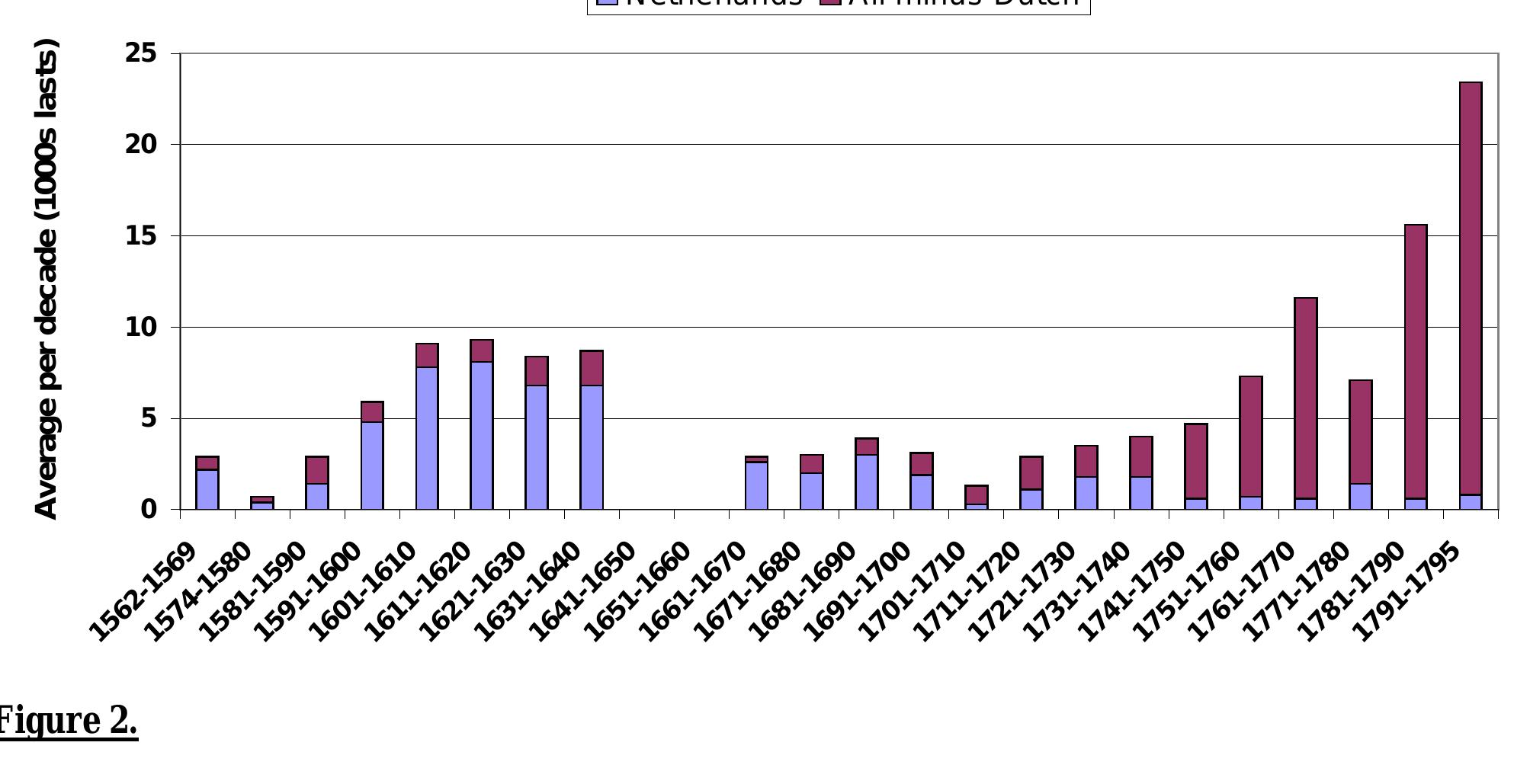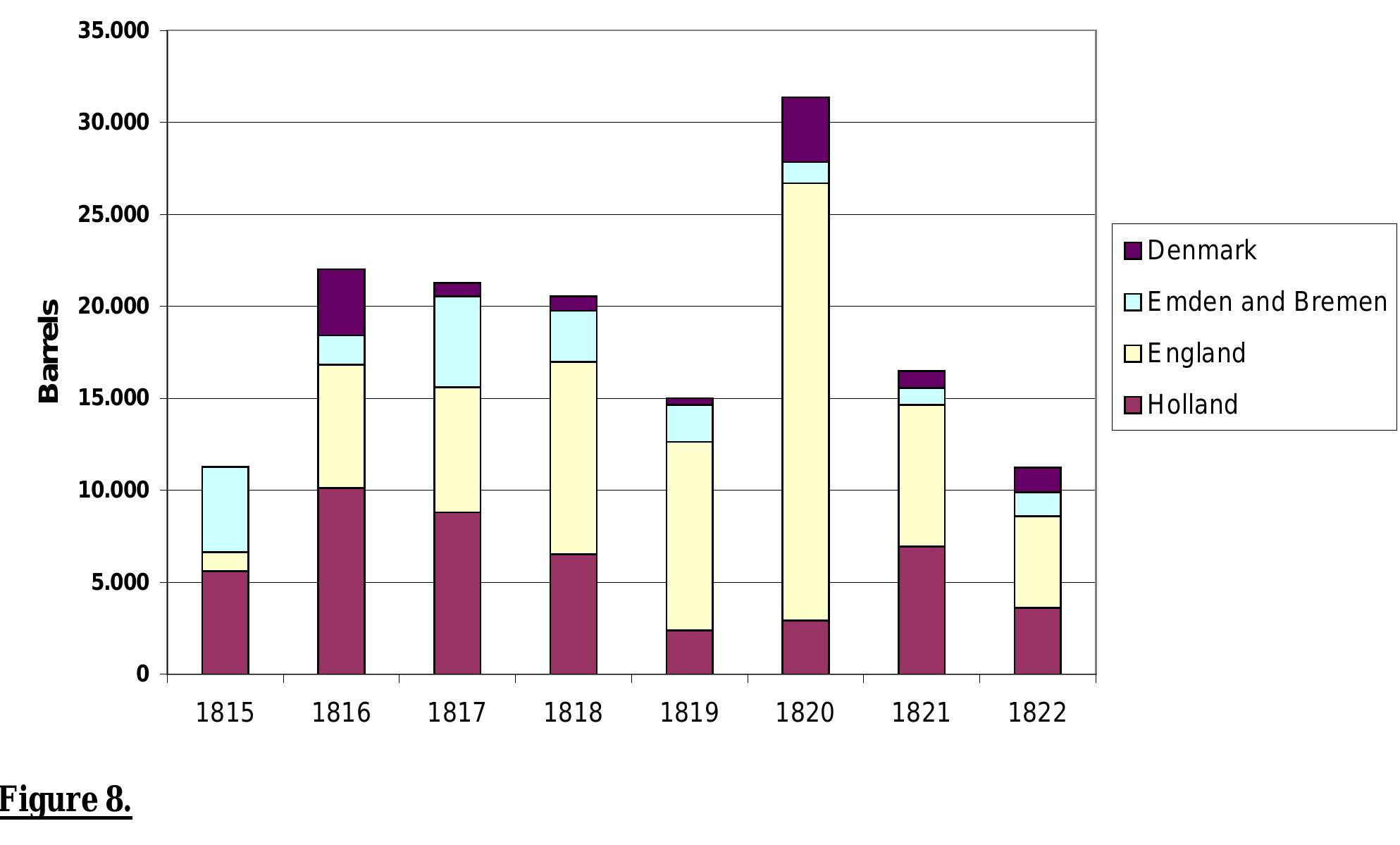Introduction: The main legislation governing food labelling in Sri Lanka is the Food Act which is implemented by health authorities. Food labels provide information to help consumers make healthier and safe food choices. Objectives: To... more
Introduction: The main legislation governing food labelling in Sri Lanka is the Food Act which is implemented by health authorities. Food labels provide information to help consumers make healthier and safe food choices. Objectives: To... more
Many systems for classifying food products to adequately predict lower all-cause morbidity and mortality have been proposed as front-of-pack (FOP) nutritional labels. Although the efforts and advances that these systems represent for... more
Purpose: This paper reviews the literature on the country-of-origin (COO) effect in the context of organic food and develops suggestions for further research in this area. Research has investigated COO effects and consumer responses to... more
Bad dietary habits are among the main causes of increasing obesity and other health problems. According to the literature, information asymmetry and cognitive biases may lead to suboptimal decisions by individuals regarding food... more
Produce Retail Price Volatility and Perceptions in the Canadian Market: Nutrition Security Variances
Nutrition security has been studied but rarely in the context of a developed economy. Furthermore, few studies have looked at how fluctuating produce process may influence nutrition security and how consumers cope with abrupt... more
European Union (EU) policies have been evolving beyond the protection of consumers through food safety protocols to the promotion of healthy and sustainable diets. The European Commission’s Farm to Fork Strategy—the most recent step in... more
The managerial responsibilities and resources required to implement the methods of nutrition labeling of foods lie with the whole food system. The use of back-of-pack (BOP) nutrition labeling in the form of the nutrition declaration is... more
6 German Law on unfair competition, in the version applicable to the dispute in the main proceedings (see paragraph 12 of the Verband Sozialer Wettbewerb eV judgment). 7 See paragraph 17 of the Verband Sozialer Wettbewerb eV judgment. 8... more
The research analyzed the perception of food traceability among consumers in Italy and the role of food labels in supporting consumer information about food traceability. The components (health, quality, product origin and many others)... more
Introduction: The main legislation governing food labelling in Sri Lanka is the Food Act which is implemented by health authorities. Food labels provide information to help consumers make healthier and safe food choices. Objectives: To... more
Many systems for classifying food products to adequately predict lower all-cause morbidity and mortality have been proposed as front-of-pack (FOP) nutritional labels. Although the efforts and advances that these systems represent for... more
INTRODUCTION: Labelling is an important tool for food and nutrition professionals since it provides information on food safety and nutrition. OBJECTIVES: The aim was to analyse the differences in food and nutrition professionals' opinions... more
Many systems for classifying food products to adequately predict lower all-cause morbidity and mortality have been proposed as front-of-pack (FOP) nutritional labels. Although the efforts and advances that these systems represent for... more
Many systems for classifying food products to adequately predict lower all-cause morbidity and mortality have been proposed as front-of-pack (FOP) nutritional labels. Although the efforts and advances that these systems represent for... more
On 4th August 2021, The Netherlands notified to the EU Commission, via TRIS system, the "Regulation of the Minister for Medical Care, designating Nutri-Score as a food choice logo and its conditions of use (Regulation on the designation... more
Based on the conference report held at Unibo on 30 October 2020 entitled «La regolazione della sicurezza alimentare fra diritto, tecnica e mercato».
European Union (EU) policies have been evolving beyond the protection of consumers through food safety protocols to the promotion of healthy and sustainable diets. The European Commission's Farm to Fork Strategy-the most recent step in... more
European Union (EU) policies have been evolving beyond the protection of consumers through food safety protocols to the promotion of healthy and sustainable diets. The European Commission's Farm to Fork Strategy-the most recent step in... more
As soon as the industrial innovations of the 20th century permitted the distance selling of foods, the provision of more accurate labels became a matter of primary concern, being the consumers interested in the adoption of conscious... more
Recent legislation by the United States and European Union governments now mandates the provision of country-of-origin (COO) information at the point of purchase for a variety of meats, fruits, vegetables, and other assorted food... more
This opinion article addresses the implications of recent EU regulations on alcoholic drinks labeling for regional development. In March 2017, the European Commission released a report requiring the mandatory labeling of ingredients and... more
This article presents an overview of the long term trends in the trading patterns for salted herring in the area of the North Sea and the Baltic Sea and their hinterlands in the period of c. 1600-1850. The market is defined as ‘the... more
Accounting for Taste examines the history of the US Food and Drug Administration’s regulation of markets through labels as a form of public–private infrastructure, built through the ceaseless work (and antagonisms) of public regulators,... more
Growing public health concern over chronic degenerative diseases and their association with overeating has challenged many classical governance policies on food production and fostering a healthy, productive citizenry. Among the tools... more
















